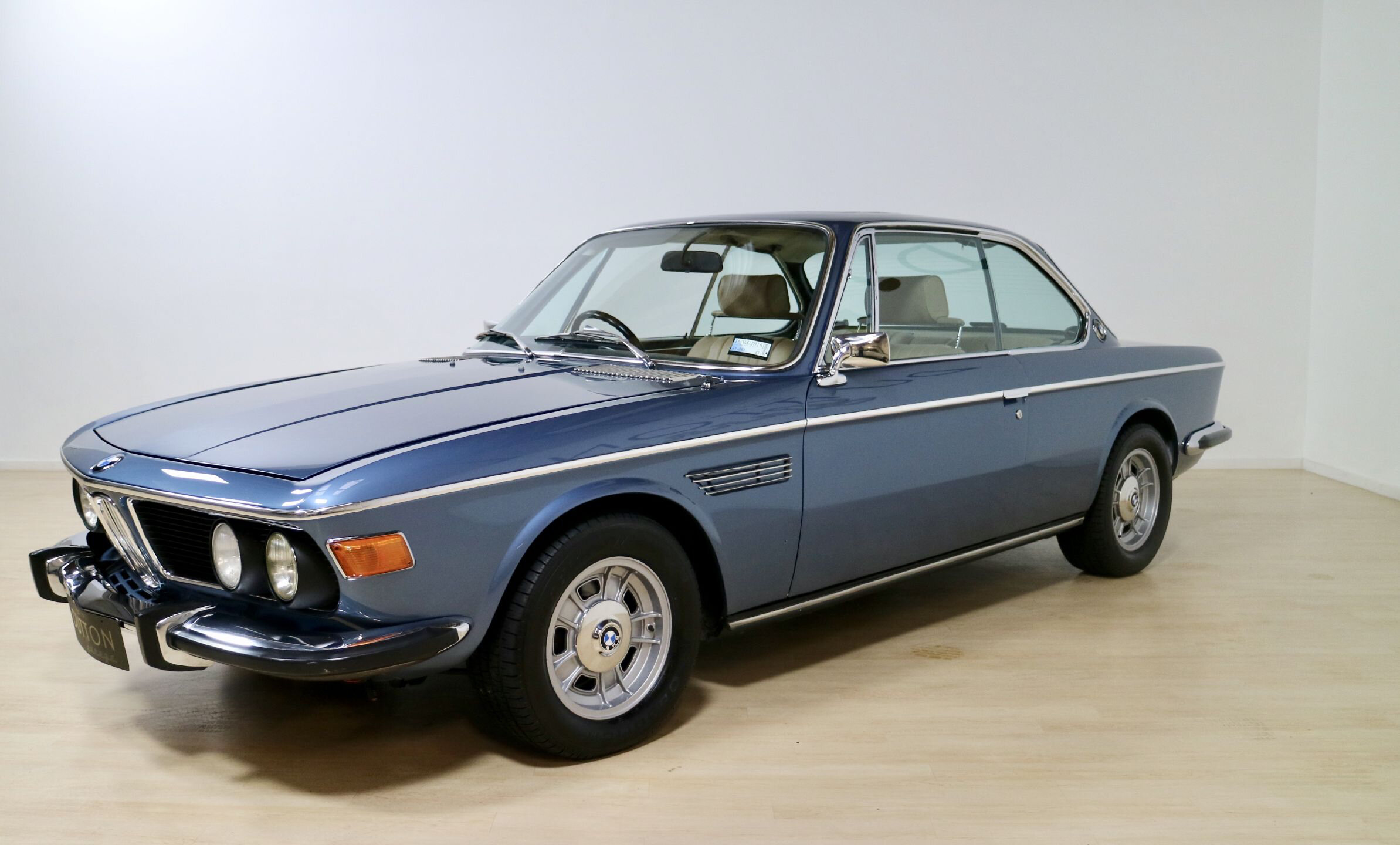Modern Classic: BMW E9
The BMW E9 had a large bonnet to accommodate a six cylinder engine. Photos: Duttons
The E9 burst on the sports luxury scene in 1968 when BMW returned to the luxury sector, after a troubled run in the 1960s where it had to take its fleet “downmarket”.
The BMW E9 would run until 1975 when it was replaced by the E24 6 series. With its bodywork by Karman, and designed by William Hofmeister, the E9 would be based on its predecessors from the lower “Neue Klasse Range”, the 2000C and the 2000CS. But its bonnet was enlarged to accommodate a six-cylinder engine, which was the only engine in the E9.
Its sister was the E3, and the two wore a common front, but different rear. The E3’s rear looked like the Neue Klasse range.
The first E9, in 1968, was the 2800CS, which had a 2788c 125kW engine. In 1971, it was replaced by the 2986cc 3.0 CS and CSi producing 134kW and 148kW via four-speed manual or three-speed automatics, respectively. The CSi has Bosche electronic fuel injection – not bad for its day!
The BMW E9 is a rear model as only 30,000-plus were produced.
In May 1972, BMW released the 3.0 CSL, a homologation special of which 1265 were built. The engine bore was increased to produce 152kW. It had thinner steel, only basic trim and very little soundproofing.
Its doors, bonnet and boot were made from aluminium. It had a large air dam, with short fins running along the front fenders, with a spoiler above and behind the trailing edge of the roof. The rear wing was actually illegal for German roads so when the car was delivered the wing was packed in the trunk for the owner to later set up! It was good for 200km/h and a 0-100km/h time of 8.0 seconds.
The 3.0 CSL achieved acclaim winning its class in the European Touring Car Championship in 1973 and then continuously from 1975-1979 73, 75-79). It also triumphed at the Deutsche Rennsport Meisterschaft and World Championships for Makes.
The BMW E9 came as a manual or automatic.
The swansong E9 was the 2.5 CS with a 2494cc engine that was produced in response to the 1973 oil crisis. It had 112kW and is rare as only 874 were produced.
Its sister, the E3 four sedan, also released in 1968 (and ran a year longer to 1977) and was known as the “BMW New Six”. The E3 had been crafted in response to Mercedes-Benz’s major presence in the limousine market and BMW had lacked product in this space for five years.
While only 30,000-plus E9s were produced, more than 190,000 E3 sedans were manufactured. Like the E9, all E3s were six cylinders.
Road and Track magazine named the E3 as one of the “world’s best buys''. There was a long-wheelbase version, the “L”, and with four-wheel disc brakes, fuel injection and fully independent rear suspension on top models, it was futuristic in its day. Fascinatingly, the E3 was 50kg lighter than the E9 two-door, so was faster.
As always, if you are an owner of an E9 or E3, we would love to hear from you. Duttons sold a 1972 2500cc CS E9 in beautiful Fjord Blue metallic that was a New Zealand new example. Dreams may come true if this iconic car is on your dream list, as it is now for me writing this article.
The BMW E9 was designed William Hofmeister.




